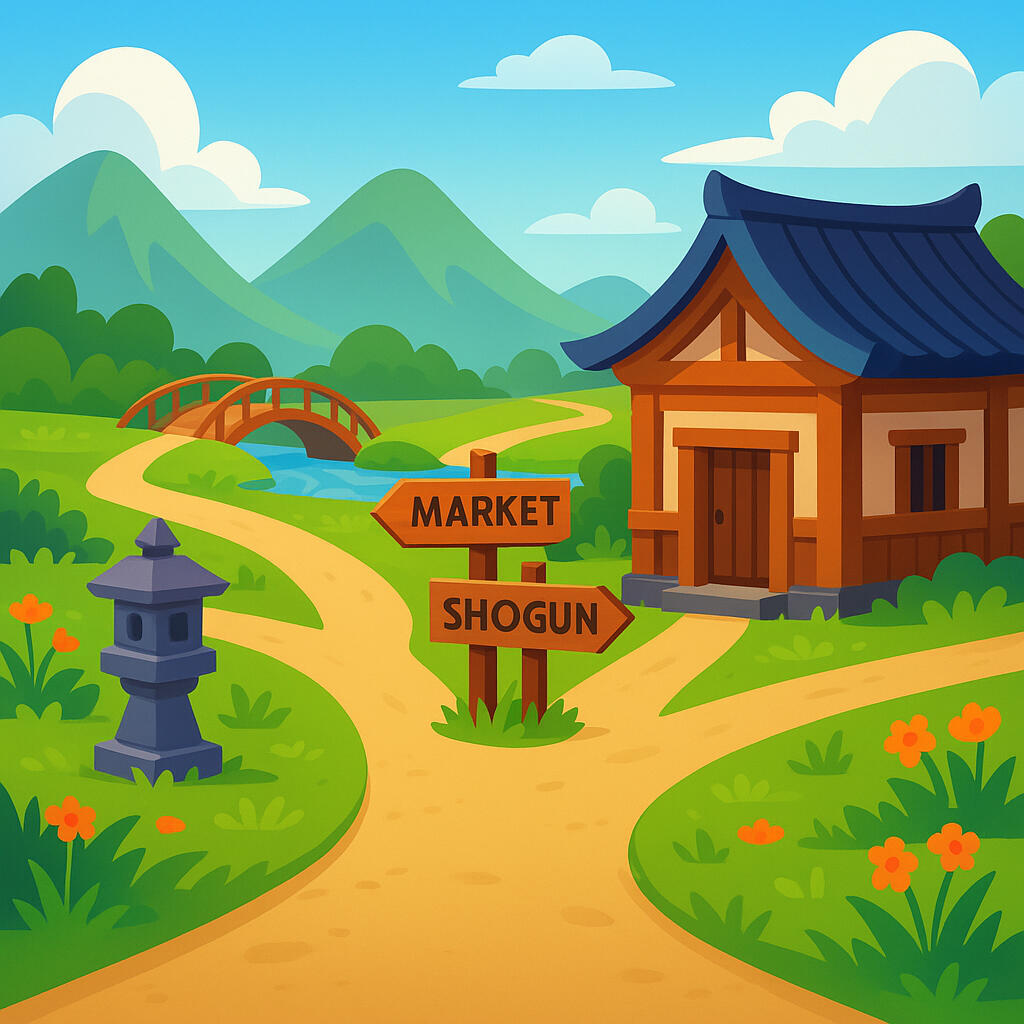Samurai History
Welcome to the new remake of the website. We will be exploring the world of the samurai in an interactive way like no other website. Sign up to be notified of the release and take part in the 2026 opening.

PRIVACY POLICYLast Updated: October 25, 2025Website: samuraihistory.com
Contact: [email protected]WHAT INFORMATION WE COLLECTWhen you sign up for updates on our website, we collect:
- Your email address
- The date and time you subscribedHOW WE USE YOUR INFORMATIONWe use your email address solely to:
- Send you updates about our website launch
- Notify you about new content and features
- Keep you informed about samuraihistory.com progressWe will never sell, rent, or share your email address with third parties for marketing purposes.WHO WE SHARE YOUR DATA WITHYour email address is stored and processed by Brevo (brevo.com), our email service provider. Brevo is GDPR compliant and processes your data securely to send you our updates.YOUR RIGHTSYou have the right to:
- Unsubscribe from our emails at any time (using the unsubscribe link in any email)
- Request a copy of your data
- Request deletion of your data
- Update your email addressTo exercise any of these rights, contact us at: [email protected]DATA RETENTIONWe will keep your email address until you unsubscribe or request deletion. After unsubscribing, your data will be removed from our mailing list within 30 days.SECURITYWe take reasonable measures to protect your information. Your data is stored securely by Brevo using industry-standard security practices.CHANGES TO THIS POLICYWe may update this privacy policy from time to time. Any changes will be posted on this page with an updated "Last Updated" date.CONTACT USIf you have any questions about this privacy policy or how we handle your data, please contact us at:
[email protected]